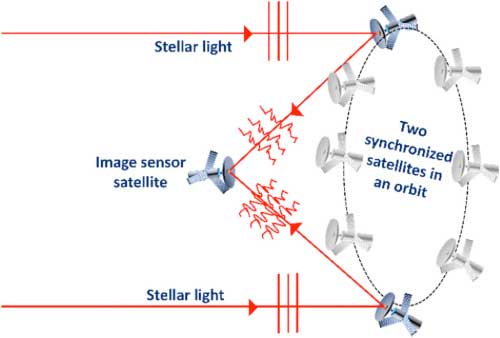| Jan 04, 2019 |
New nanosatellite system captures better imagery at lower cost
|
|
(Nanowerk News) Ben-Gurion University researchers have developed a new satellite imaging system that could revolutionize the economics and imagery available from space-based cameras and even earth-based telescopes.
|
|
"This is an invention that completely changes the costs of space exploration, astronomy, aerial photography, and more," says Angika Bulbul, a BGU Ph.D. candidate under the supervision of Prof. Joseph Rosen in the BGU Department of Electrical and Computer Engineering.
|
|
In a paper published in the December issue of Optica ("Superresolution far-field imaging by coded phase reflectors distributed only along the boundary of synthetic apertures"), the researchers demonstrate that nanosatellites the size of milk cartons arranged in a spherical (annular) configuration were able to capture images that match the resolution of the full-frame, lens-based or concave mirror systems used on today's telescopes.
|
 |
| Schematic of the space-based telescope for the implementation of SMART. (© Optica)
|
|
"Several previous assumptions about long-range photography were incorrect," Bulbul says. "We found that you only need a small part of a telescope lens to obtain quality images. Even by using the perimeter aperture of a lens, as low as 0.43 percent, we managed to obtain similar image resolution compared to the full aperture area of mirror/lens-based imaging systems. Consequently, we can slash the huge cost, time and material needed for gigantic traditional optical space telescopes with large curved mirrors."
|
|
To demonstrate the synthetic marginal aperture with revolving telescopes (SMART) system capabilities, the research team built a miniature laboratory model with a circular array of sub-apertures to study the image resolution and compare them with full lens imagery.
|

